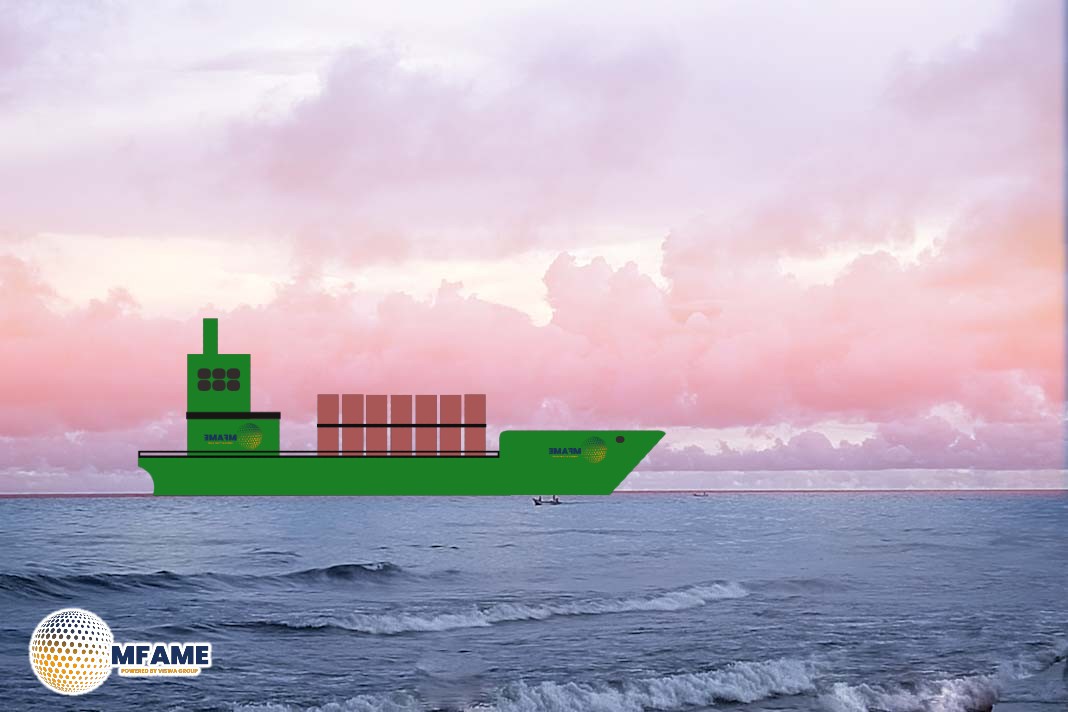- Bulk Liquid Shipowners Largely Unaffected by New Fees.
- Annexe II Exemptions Ease Pressure on Global Tanker Fleet.
- US Gulf Expected to See Tighter Vessel Supply and Rising Rates.
The US Trade Representative (USTR) has now finalised its strategy for port tariffs on China-connected ships. While less draconian than the original February proposal, the final iteration still promises to have ripple effects on vessel availability and freight levels, reports ICIS.
Bulk Liquid Segment
Most bulk liquid shipowners will be untouched by the new charges, according to Lighthouse Chartering chemical freight analyst Theodor Gerrard-Anderson. The changes set out in Annexe I are largely aimed at Chinese vessel operators and owners.
These Chinese stakeholders have large operations in the US, such as big contracts of affreightment (COA) portfolios in speciality chemicals and bulk liquid transport. Consequently, any effect on them will have knock-on effects on vessel availability.
Annexe II: Broad Exemptions Ease Pressure on Global Fleet
Annexe II brings various exemptions, which reduce the impact on global shipping:
- Tankers below 80,000 DWT are exempted, even if they were built in China.
- Short-sea ships (below 2,000 nautical miles) are exempt from the new charges.
- Special chemical carriers built specifically also avoid fees.
- Arrivals on ballast are exempted for purposes of providing sufficient tonnage for US exports.
Shipping broker NETCO assured that the majority of ships in their area are covered by these exemptions.
US Gulf Routes: Stricter Supply and Higher Rates Expected
Despite these exceptions, Gerrard-Anderson cautions against probable ship shortages and higher rates, particularly for ships passing through the US Gulf. The revisions would interfere with existing logistics flows and influence contract pricing in the region.
Container Shipping: Less Stringent Fee Structure Lowers Congestion Risk
On the container side, there is a more optimistic view, according to analysts. Xeneta senior shipping analyst Emily Stausbøll said that the new structure—charging per voyage by net tonnage rather than per port—should reduce fears of port congestion.
The adjustment may dampen the general upward pressure on container freight rates experienced earlier this year.
Did you subscribe to our daily Newsletter?
It’s Free Click here to Subscribe!
Source: ICIS

















